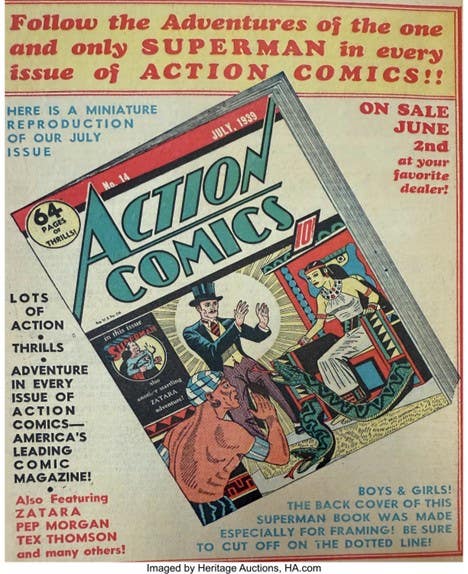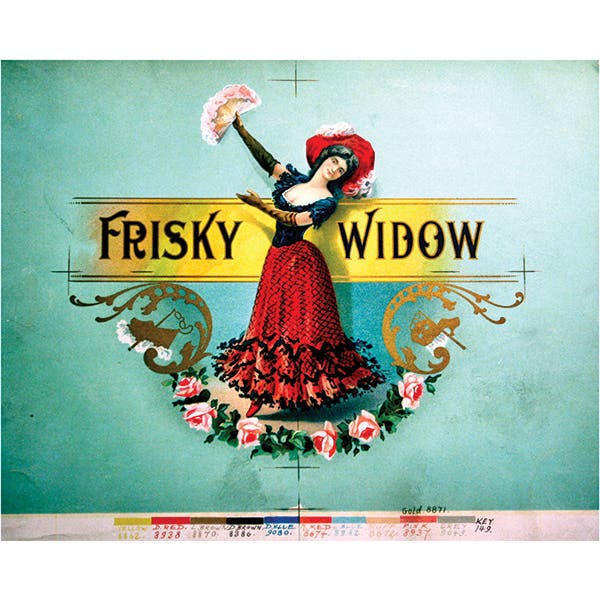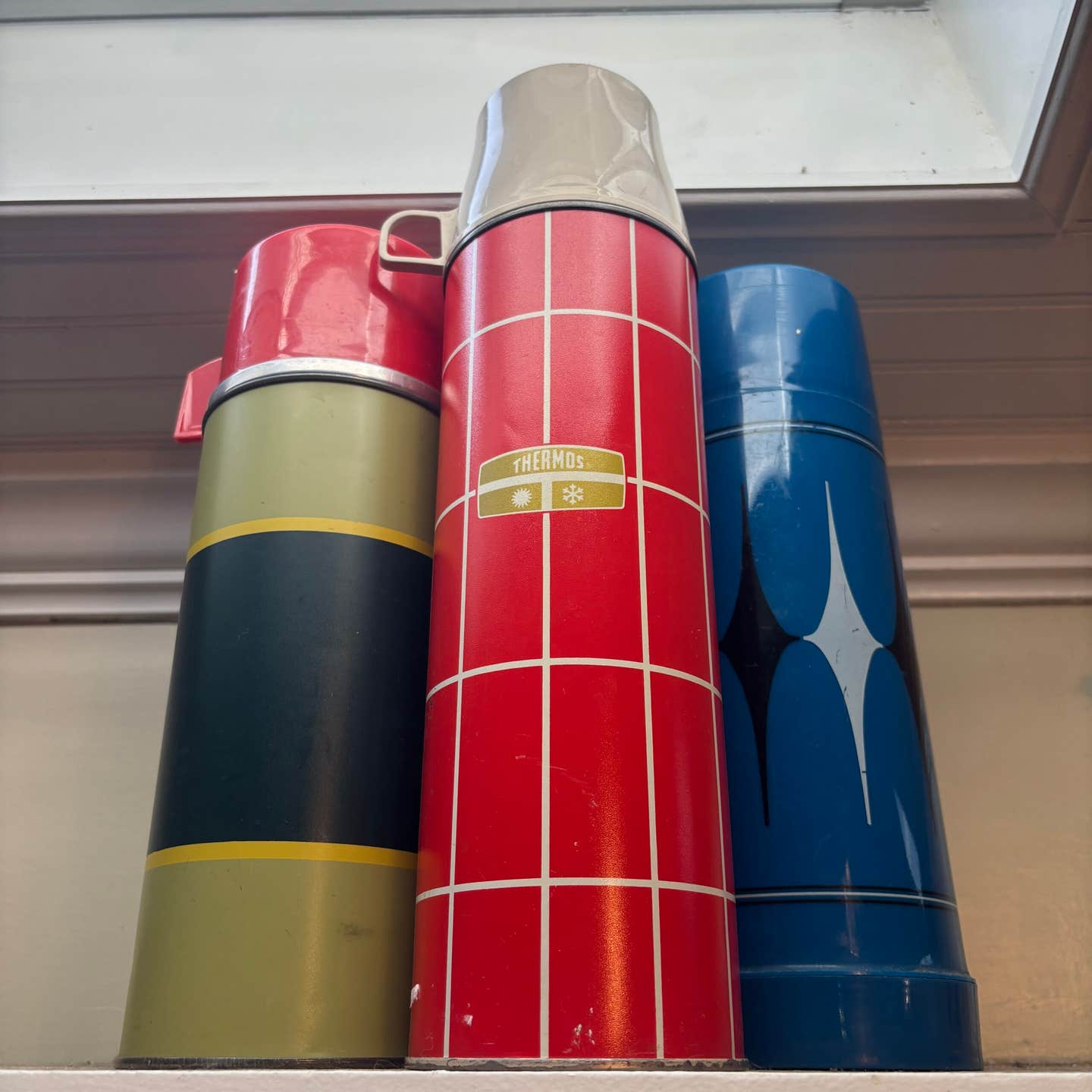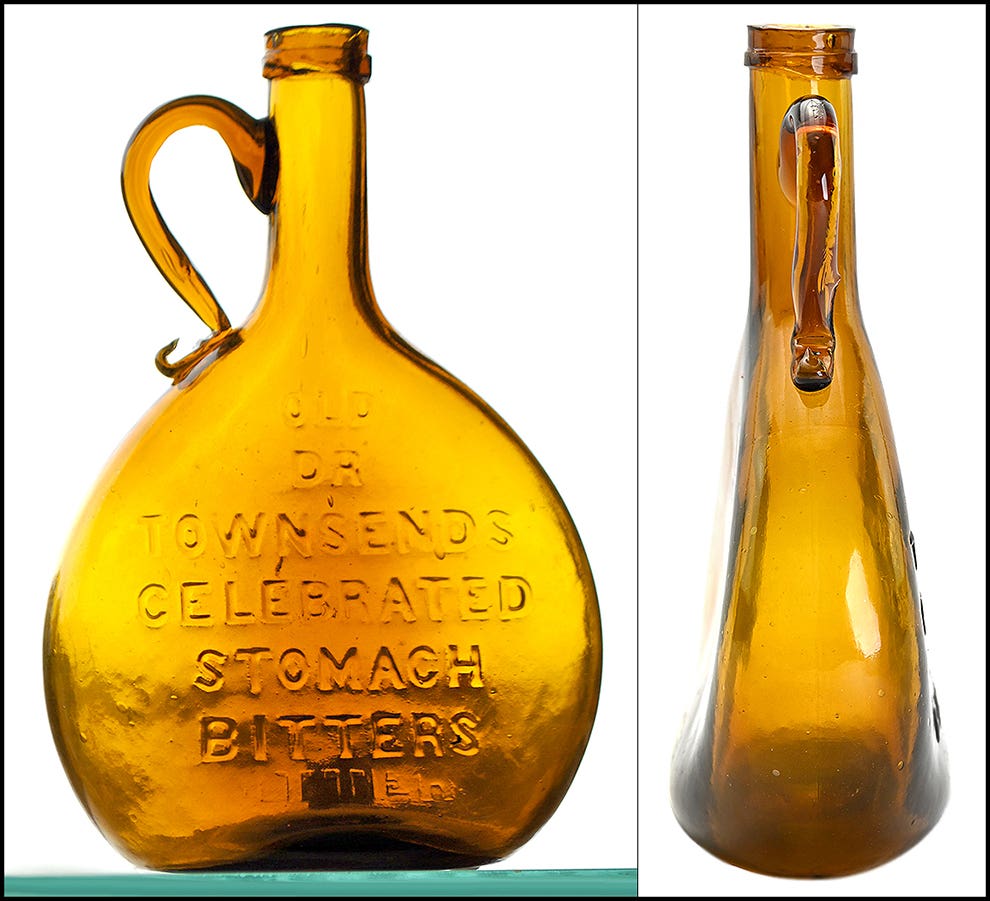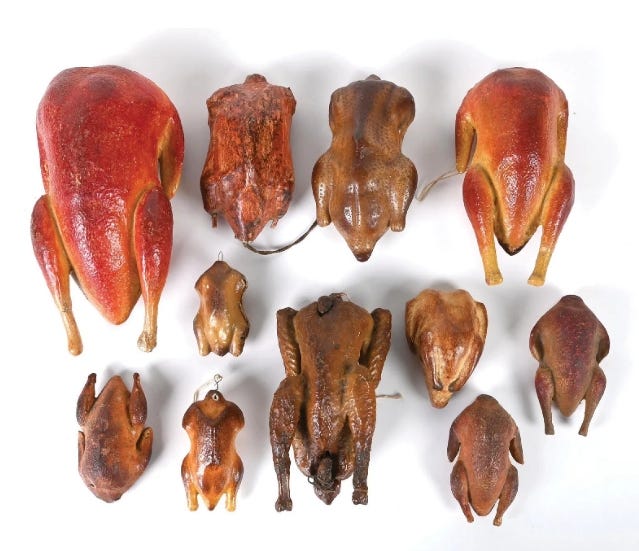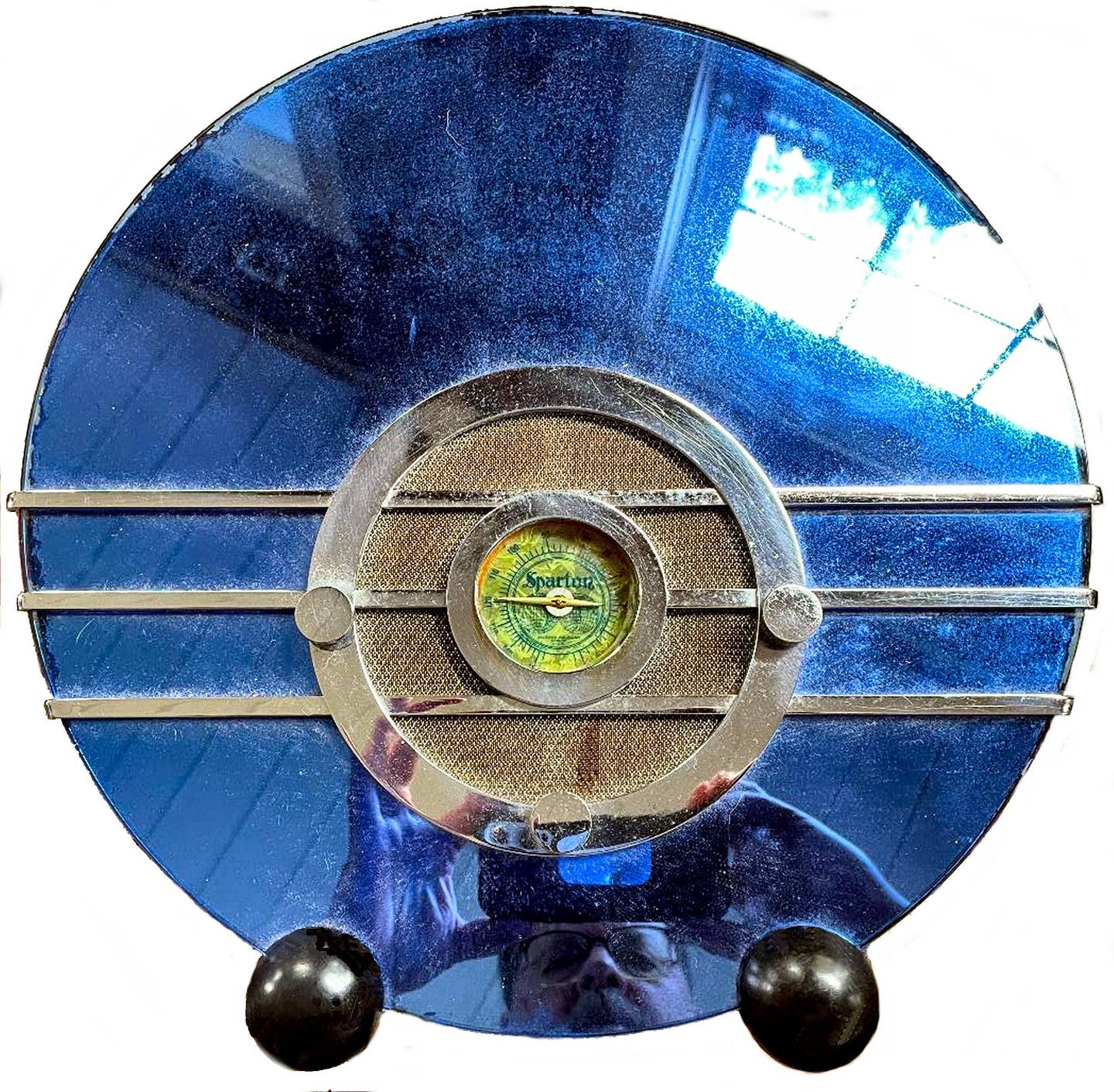Lured In: Antique Fishing Lures Blend Craftsmanship and History
Antique fishing lures combine craftsmanship, clever designs, and rich history to create collectibles that still hook enthusiasts today.
When I was young, I went to a boat show in California. I believe I was less than impressed. However, I was always that kid who needed someone to buy her a souvenir everywhere she went. What sort of souvenir can you buy for a seven-year-old at a boat show, you may wonder? You’d be spot on if you guessed a fishing lure without the hooks. It was a purple salamander sort of thing, replete with silvery glitter floating inside his soft, rubbery body. I immediately dubbed him “Sparkle Frog the Water Dog,” although he was neither frog nor dog. The water adventures we enjoyed—I wagged that thing around with me everywhere until all his legs and tail fell off, and he sparkled no more. He was a boon companion—wet or dry. Looking back, I suspect that my water dog was a “Mister Twister®” salamander in a color that somehow fell by the wayside through the years.
When I got older, I’d go fishing with friends in Texas stock tanks and rock quarries (y’all call these ponds). I never quite got the hang of lures, though. I caught my bass, crappie, and catfish with live bait. I never kept the fish because I don’t eat them. I was a catch-and-release sort of fisherman (or woman, if you’re particular), setting them free to live another day, a habit that used to frustrate some of my fishing buddies. They figured if I wasn’t going to keep it and eat it, I should hand it over. But where’s the sport in that?
However, it turned out that my earlier childhood fascination with Sparkle Frog put me in good company. Humans have been trying to outsmart fish with fake critters for thousands of years.
From Necessity to Craftsmanship
Long before lures came housed in bags and boxes, they began as clever contraptions. They were tools fashioned from bone, shells, bronze, and wood by people who needed dinner more than a day of relaxation on the lake. Ancient civilizations from Egypt to China crafted artificial bait, shaping materials into fish-like forms meant to deceive that day’s dinner.
Fast-forward several centuries, and necessity gradually gave way to ingenuity. By the early 19th century, European anglers were experimenting with hand-tied flies and rudimentary wooden plugs, while American fishermen began turning local resources like cedar, brass, and paint into surprisingly sophisticated fish catchers. These early lures weren’t just utilitarian; they began to reflect an emerging appreciation for form as well as function.
Legend has it that in the late 1800s, a Michigan outdoorsman named James Heddon idly whittled a stick by a millpond in Dowagiac. According to the story, he tossed the carved bit into the water and watched as a bass struck it. That moment sparked more than a fish tale. It sparked a revolution. By 1902, Heddon had founded the James Heddon and Sons company and began producing what is widely considered the first commercially successful wooden fishing lures in the United States. His earliest designs, like the Dowagiac Expert and the all-brass Model 155, didn’t just fool fish. They hooked a generation of anglers on the idea that store-bought bait was worth the cost.
The Golden Age of Fishing Lures
Heddon’s success opened the door for competitors like Creek Chub, Shakespeare, South Bend, and Pflueger, who released now-iconic designs in the early 20th century. These companies experimented with everything from glass eyes and hand-painted gill marks to multiple treble hooks and spinning props. Lures were given names as vivid as their finishes: the Water Scout, the Vamp, and the River Runt. They were marketed not just as gear but as game-changing tools that made fishing more exciting, more efficient, and more modern.
As fishing lures evolved from tools to intricate angling art, they began to capture the attention of collectors worldwide. The Wayne & Lori Edens Collection, auctioned in two parts on May 17, 2025, by Morphy Auctions, showcased over 1,300 antique and vintage lures, amassing nearly $1.8 million in sales. Far from being exclusively Heddon, the collection featured a plethora of manufacturers, including Pflueger, Shakespeare, and Wilcox, reflecting the diverse evolution of lure craftsmanship.
What Makes a Lure Worth the Catch?
An old fishing lure might look like a beat-up bobber with too many hooks to the untrained eye. But to collectors, it can be a miniature masterpiece and a serious investment. So, what separates a five-dollar tackle-box find from a five-figure bidding war?
It starts with rarity. Many of the most valuable lures were made in limited runs or were prototypes that never made it to full production. Some were crafted by small regional makers that have long since vanished, leaving only a handful of surviving examples behind. Others, like early Heddon or Pflueger models, have dozens of known color variations, some more elusive than others.
The condition is equally important. Even the rarest lure loses its shine (and value) if it’s missing parts, heavily repainted, or cracked beyond recognition. Pristine eyes, clean hardware, and original finishes can dramatically increase a lure’s appeal and auction price. That’s why seasoned collectors often carry a pocket magnifying glass, scanning for hairline age cracks, paint bubbles, and signs of overpainting.
Then there’s originality and provenance. Is the hardware factory-issued or cobbled together by a weekend handyman? Does it come in the correct box for its era? Bonus points if there’s a paper insert or original sales tag. Provenance, the documented history of who owned the lure and how it was found, can also elevate an otherwise modest piece into something special.
For newcomers dipping a toe into the collecting waters, research is essential. Resources like Karl T. White’s Fishing Tackle Antiques and Collectibles, the NFLCC (National Fishing Lure Collectors Club), and even archived auction catalogs can help identify models, decode color patterns, and avoid overpaying for common lures dressed up as rarities.
And finally, don’t underestimate the power of connection. The best finds and insights often come from talking shop with other collectors. Lure shows, online forums, and local clubs are rich with knowledge and, occasionally, tackle box treasures you won’t find on eBay.
My own fishing days were shaped less by rare collectibles and more by the likes of Sparkle Frog the Water Dog, who never saw a hook but somehow accompanied me through a chunk of childhood.
Many, if not most, antique fishing lures won’t turn out to be a five-figure find. Instead, their value lies in their link to the past, when innovative crafters turned ordinary wood and paint into something extraordinarily useful while somehow adding beauty to bait. In doing so, they created tiny objects that commanded attention, not just from their intended fishy audiences but collectors as well, blending artistic talent, history, and angling tradition into one small prey-shaped package of ingenuity and charm.
You may also like:



